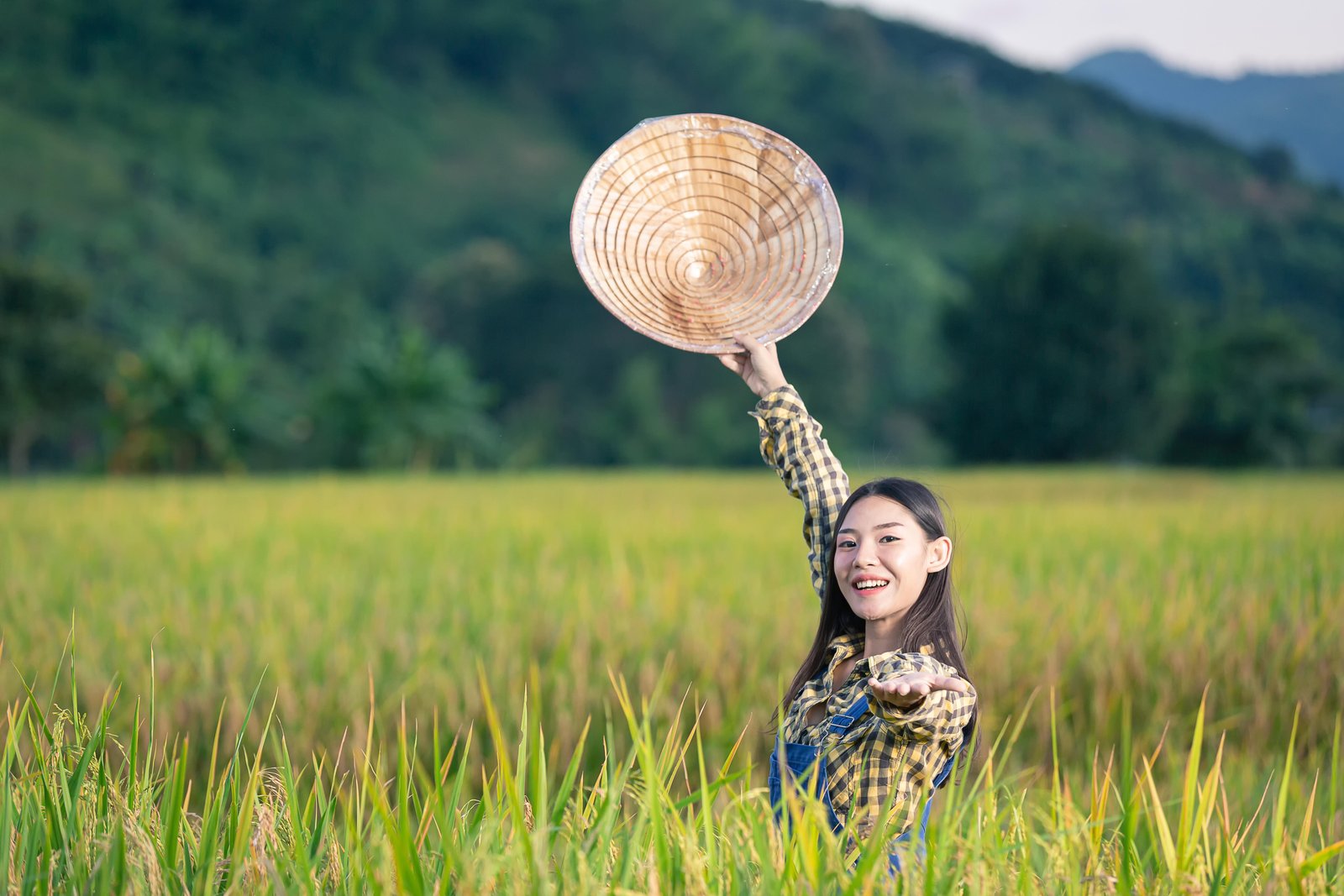No products in the cart.
Discover how floating rice varieties in Laos thrive in seasonal floodplains, ensuring food security, cultural pride, and sustainable farming.

In the floodplains of Laos, where rivers swell and recede with the seasons, farmers cultivate a remarkable crop—floating rice. Unlike conventional varieties, floating rice grows taller as water levels rise, adapting perfectly to the shifting environment. This resilience has made it a staple for communities living near rivers, ensuring food supply even during floods. More than an agricultural innovation, floating rice reflects human ingenuity, ecological harmony, and cultural continuity, making it a vital part of Lao identity.
Why Floating Rice Matters
Food Security: Provides reliable harvests in flood-prone regions.
Ecological Adaptation: Grows naturally with rising waters.
Cultural Heritage: Celebrated in harvest festivals and folklore.
Economic Value: Supports livelihoods for river-based farmers.
Global Relevance: Serves as a model for climate-resilient agriculture.
Cultivation Process
Seed Selection: Special varieties bred for long stalk growth.
Planting Season: Seeds sown before monsoon flooding.
Growth Cycle: Plants elongate up to several meters as water rises.
Harvesting: Done manually after floodwaters recede.
Celebrations: Harvest festivals mark gratitude to river spirits.
Benefits for Communities
Ensures survival during unpredictable floods.
Provides staple food for families and trade.
Encourages sustainable, environment-friendly farming.
Strengthens traditions tied to river ecosystems.
Promotes cultural pride in agricultural heritage.
Challenges
Decline in cultivation due to modern rice varieties.
Limited support for research and seed preservation.
Changing river patterns affecting yields.
Risk of extinction without conservation efforts.
Example in Laos
In Savannakhet Province, farmers cultivate floating rice in Mekong floodplains, preserving both food security and cultural traditions tied to seasonal cycles.
Conclusion
Floating rice in Laos is a symbol of resilience and harmony with nature, proving that cultural wisdom and ecological adaptation can sustain communities. Protecting it ensures survival in a changing climate.
About CITS Laos
CITS Laos partners with farmers, agricultural experts, and eco-tourism boards to promote floating rice heritage. We create bilingual farming platforms, run sustainability campaigns, and design SEO strategies to highlight Lao agricultural resilience worldwide. By supporting floating rice traditions, CITS Laos ensures that food security and heritage grow together.